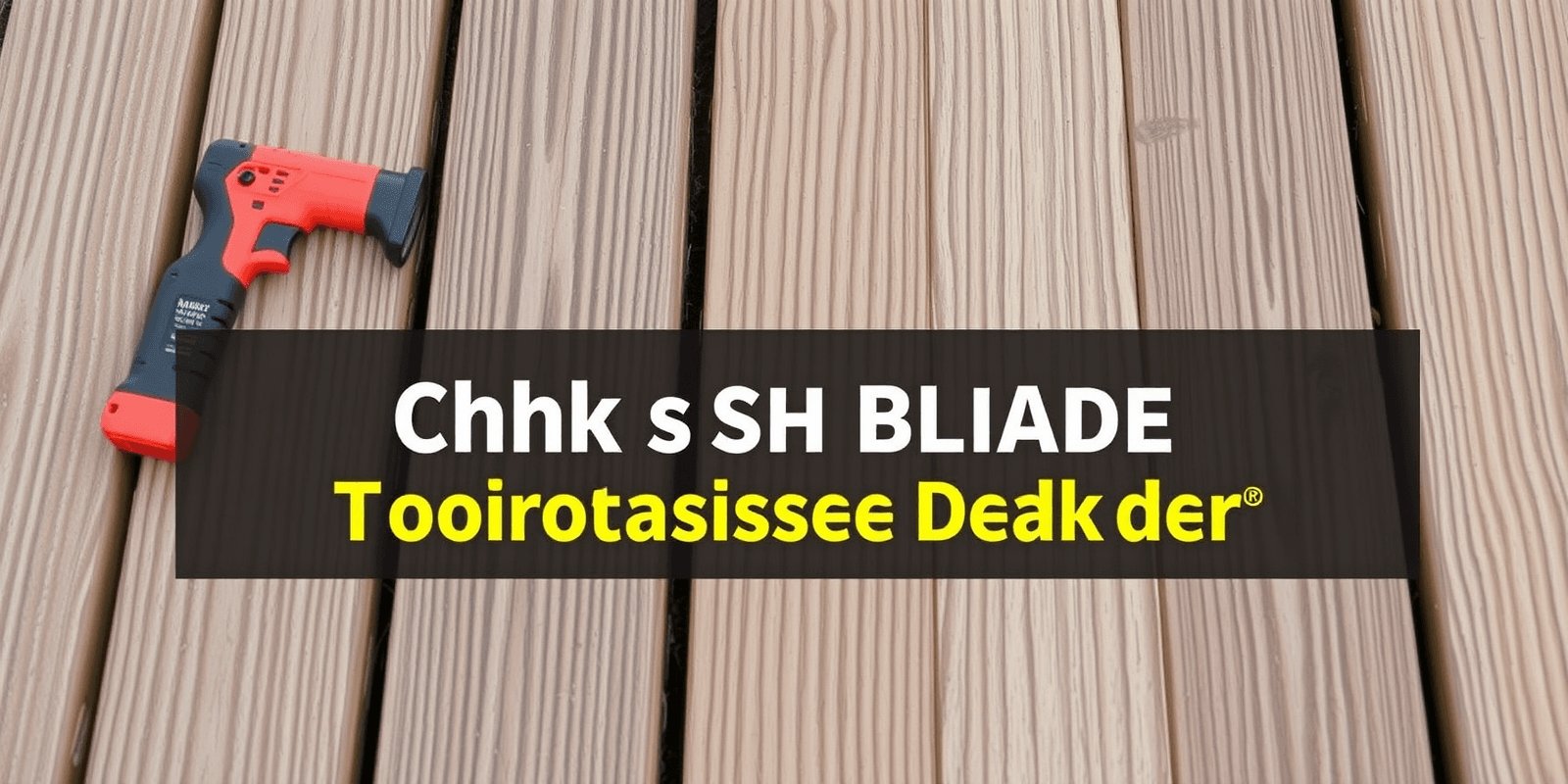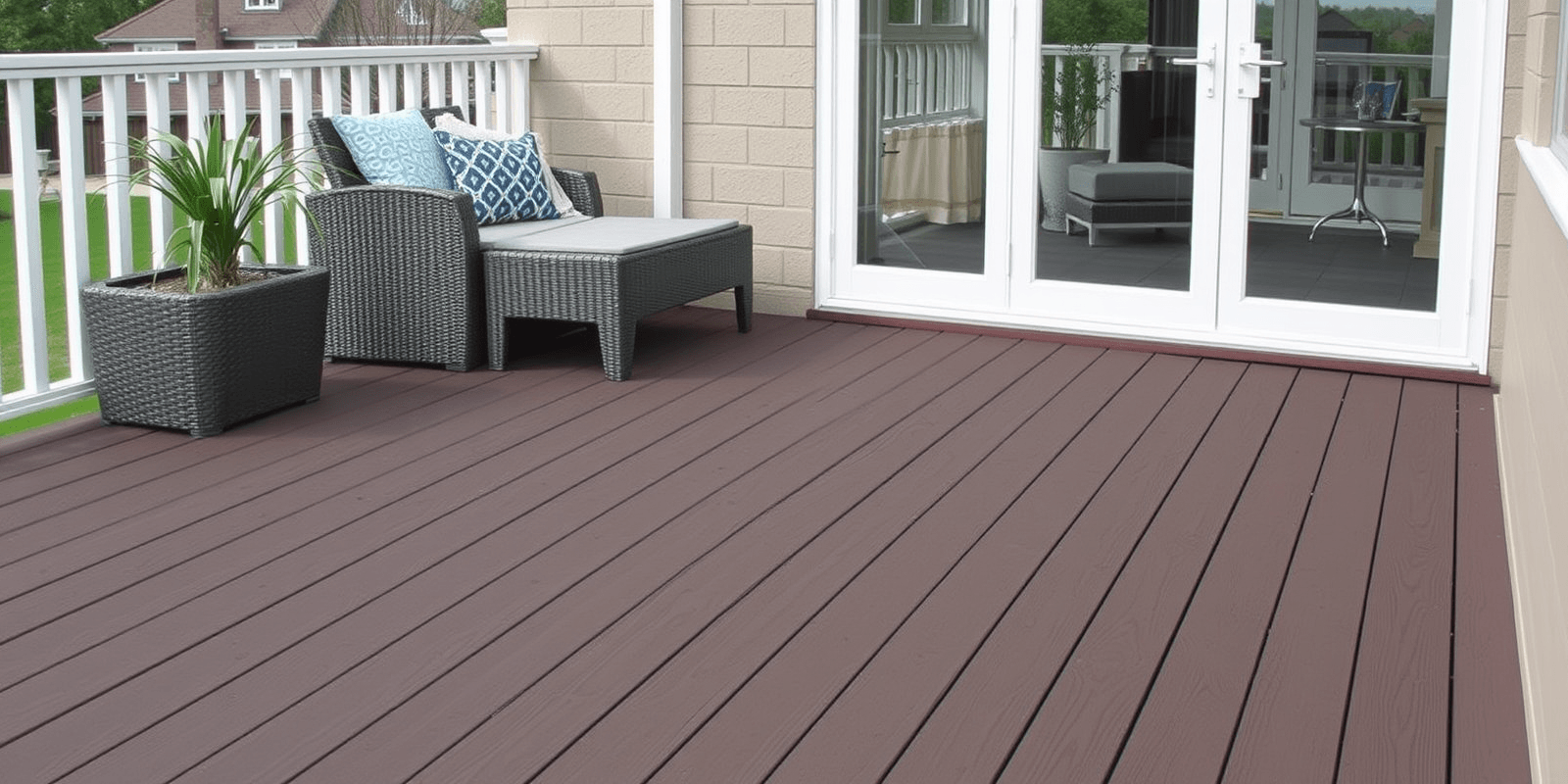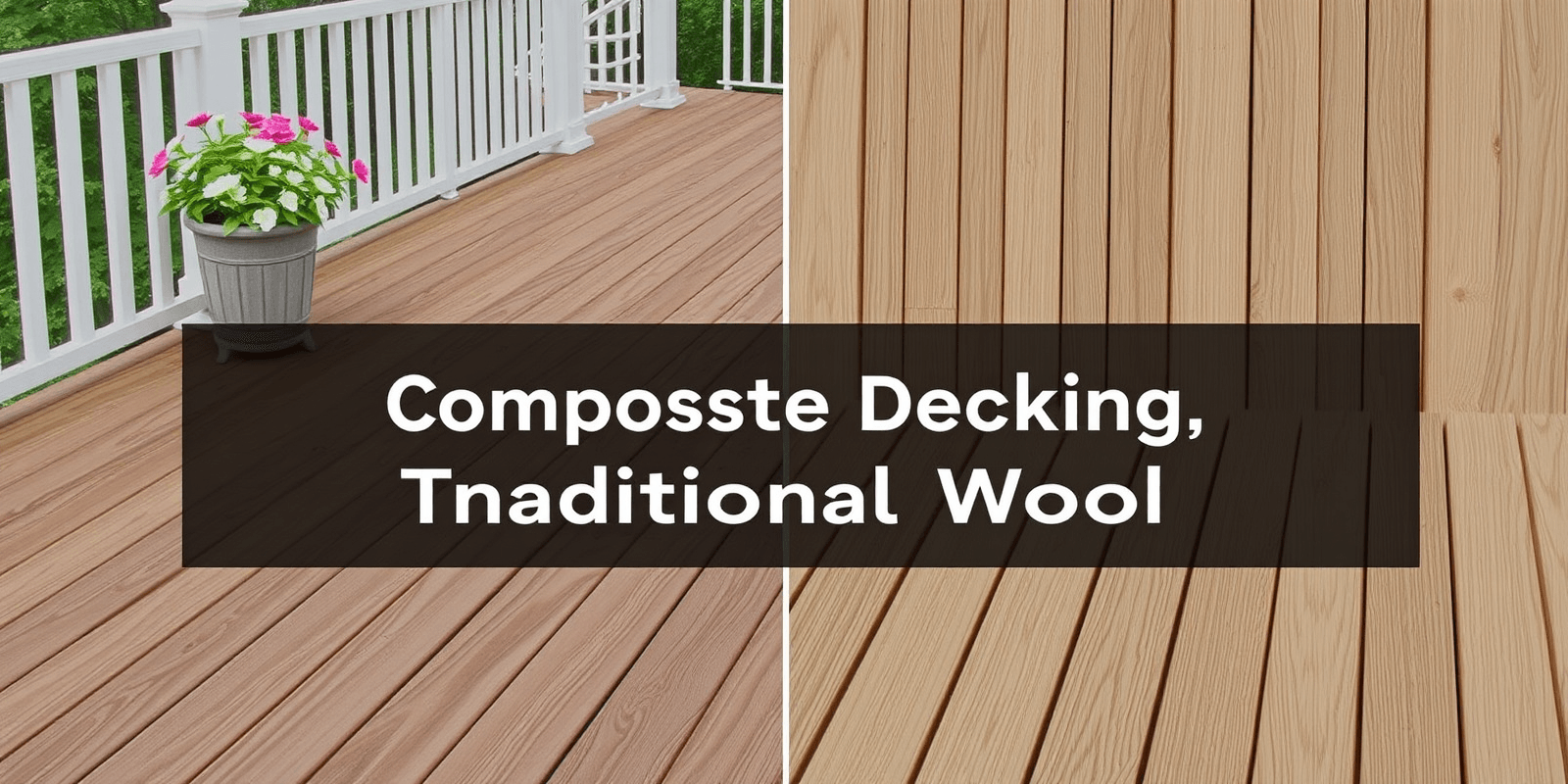Choosing the Right Blade for Your Composite Decking Project
Introduction
When it comes to building or renovating a composite deck, selecting the right saw blade is crucial for achieving professional results. Composite materials, which are a blend of wood fibers and plastic, require specific tools and techniques to ensure clean cuts and longevity of your project. This article will guide you through the factors to consider when choosing a saw blade for composite decking, including blade type, tooth count, and material composition. We’ll also discuss common mistakes to avoid and provide tips for maintaining your blade for optimal performance.
Factors to Consider When Choosing a Saw Blade
Blade Type
The type of saw blade you choose will significantly impact the quality of your cut. For composite decking projects, a carbide-tipped blade is typically recommended due to its durability and ability to handle the abrasive nature of composite materials. Carbide-tipped blades are designed to stay sharp longer and resist wear, making them ideal for cutting through composite decking boards without dulling quickly.
Tooth Count
The number of teeth on a saw blade is another important factor to consider. Generally, a blade with between 60 and 80 teeth is suitable for composite decking. This range provides a balance between cutting speed and smoothness. More teeth can result in a smoother finish but may slow down the cutting process. Conversely, fewer teeth can increase cutting speed but might lead to rougher edges.
Material Composition
Composite decking materials vary widely in their composition, from purely synthetic materials to those that include wood fibers. It’s essential to select a blade that is compatible with the specific type of composite material you are working with. Some blades are designed specifically for cutting composite materials that contain a high percentage of wood fibers, while others are better suited for purely synthetic composites.
Avoiding Common Mistakes
One common mistake when choosing a saw blade for composite decking is assuming that a standard wood-cutting blade will suffice. Standard wood blades are not designed to handle the abrasive nature of composite materials, leading to premature dulling and poor-quality cuts. Another frequent error is opting for a blade with too few teeth, resulting in rough edges and increased risk of splintering.
Maintaining the blade is also crucial for optimal performance. Regular cleaning and sharpening can extend the life of your blade and improve cutting accuracy. Using a lubricant during cutting can reduce friction and heat buildup, further enhancing the blade’s lifespan.
Tips for Maintaining the Blade
To keep your blade in top condition, follow these maintenance tips:
- Clean the blade after each use to remove debris and prevent corrosion.
- Sharpen the blade periodically to maintain its cutting edge.
- Apply a light coat of lubricant before cutting to reduce friction and heat.
- Store the blade in a dry place to prevent rust and damage.
Conclusion
Choosing the right saw blade for your composite decking project involves careful consideration of blade type, tooth count, and material composition. By avoiding common mistakes and following proper maintenance practices, you can ensure clean cuts and extend the life of your blade. Remember, investing in the right tools and techniques is key to achieving professional results in your composite decking project.



